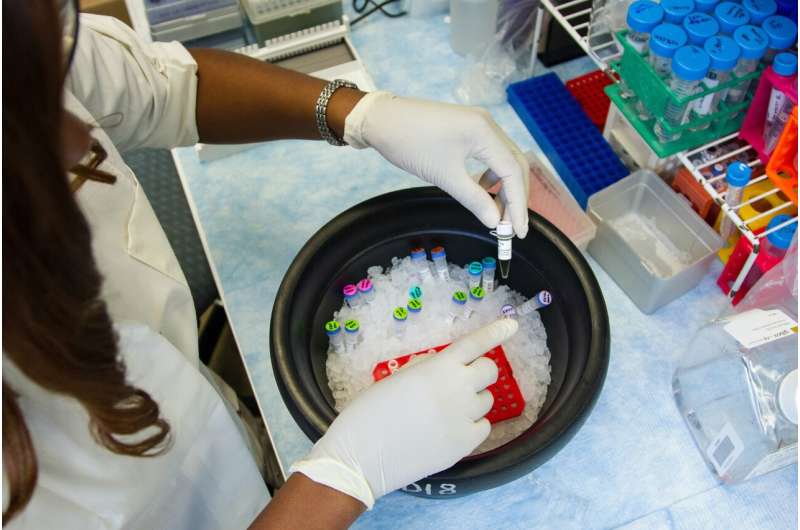Northern Arizona Resident Dies from Rare Pneumonic Plague

A resident of northern Arizona has died from pneumonic plague, the first such case in the region since 2007. Health officials emphasize caution in regions where bacterial plague is endemic. Learn more about this rare but serious disease.
A resident of northern Arizona has succumbed to pneumonic plague, marking the first death from this bacterial infection in the region since 2007, according to local health officials. The incident took place in Coconino County, which encompasses Flagstaff. Authorities have not disclosed the identity of the individual to protect privacy.
Plague remains a rare disease among humans, with approximately seven cases reported annually across the United States, primarily in western states. Historically known for causing devastating pandemics, such as in 14th-century Europe, modern medical advances have made plague highly treatable with appropriate antibiotics.
There are three main forms of plague: bubonic, septicemic, and pneumonic. The bubonic form, the most common, usually spreads through bites from infected fleas that commonly feed on rodents like prairie dogs and rats. Septicemic plague affects the entire body, while pneumonic plague infects the lungs and is the most deadly and easily transmitted form.
Transmission primarily occurs through bites of infected fleas, contact with bodily fluids of infected animals, or inhalation of droplets from a person with pneumonic plague. Given the severity and contagiousness of pneumonic plague, health experts emphasize caution when handling sick or dead animals, especially in rural areas.
Most cases of plague in the U.S. are concentrated in rural regions of northern New Mexico, northern Arizona, southern Colorado, California, southern Oregon, and far western Nevada. Despite its rarity, public health agencies continue to monitor and prepare for potential outbreaks.
This case highlights the importance of awareness and preparedness in regions where the bacteria are endemic, and underscores the need for prompt medical treatment in suspected cases.
For further information, see the original report at source.
Stay Updated with Mia's Feed
Get the latest health & wellness insights delivered straight to your inbox.
Related Articles
The Nose-Brain Link: How Smelling Food Influences Hunger and Fullness
New research reveals a direct neural pathway from the nose to the brain that influences feelings of fullness, opening potential for innovative obesity treatments.
Addressing Biases in HIV Testing: Risks of Underdiagnosis Among Women and Older Adults in Spain
A comprehensive study in Spain reveals biases leading to underdiagnosis of HIV among women, older adults, and rural populations, emphasizing the urgent need for improved testing protocols and training to achieve early detection goals.
Increased Risk of Rare Lymphoma in Breast Cancer Patients with BRCA Mutations and Textured Implants
Women with breast cancer carrying BRCA mutations who receive textured breast implants face a significantly higher risk of developing rare lymphoma, according to new research. The study underscores the importance of genetic testing and personalized healthcare in breast reconstruction decisions.
Groundbreaking Research Identifies Early Brain Target to Prevent Alzheimer's Disease
New research identifies TSPO protein as an early biomarker of Alzheimer's, opening pathways for early detection and intervention to delay disease progression.



